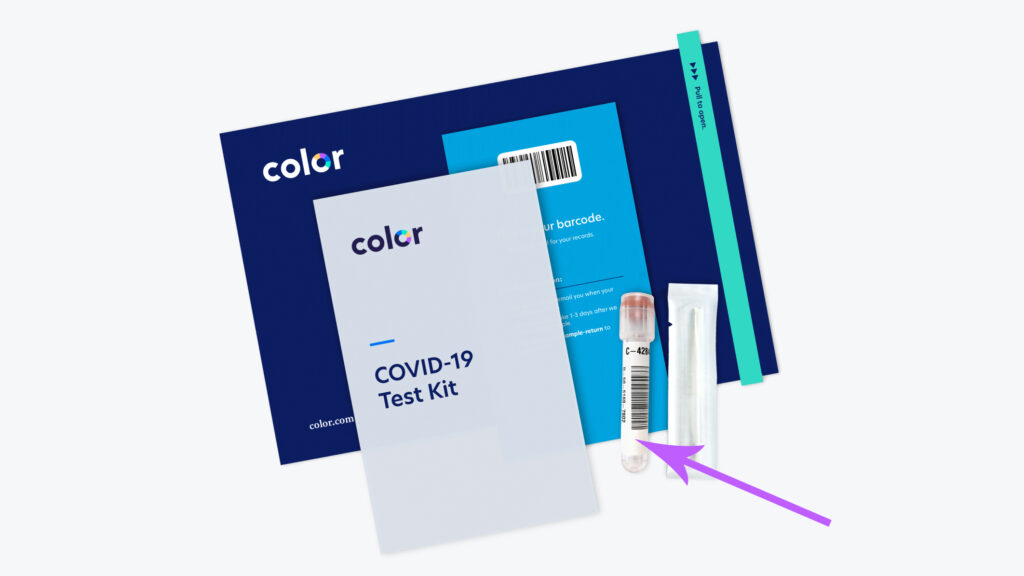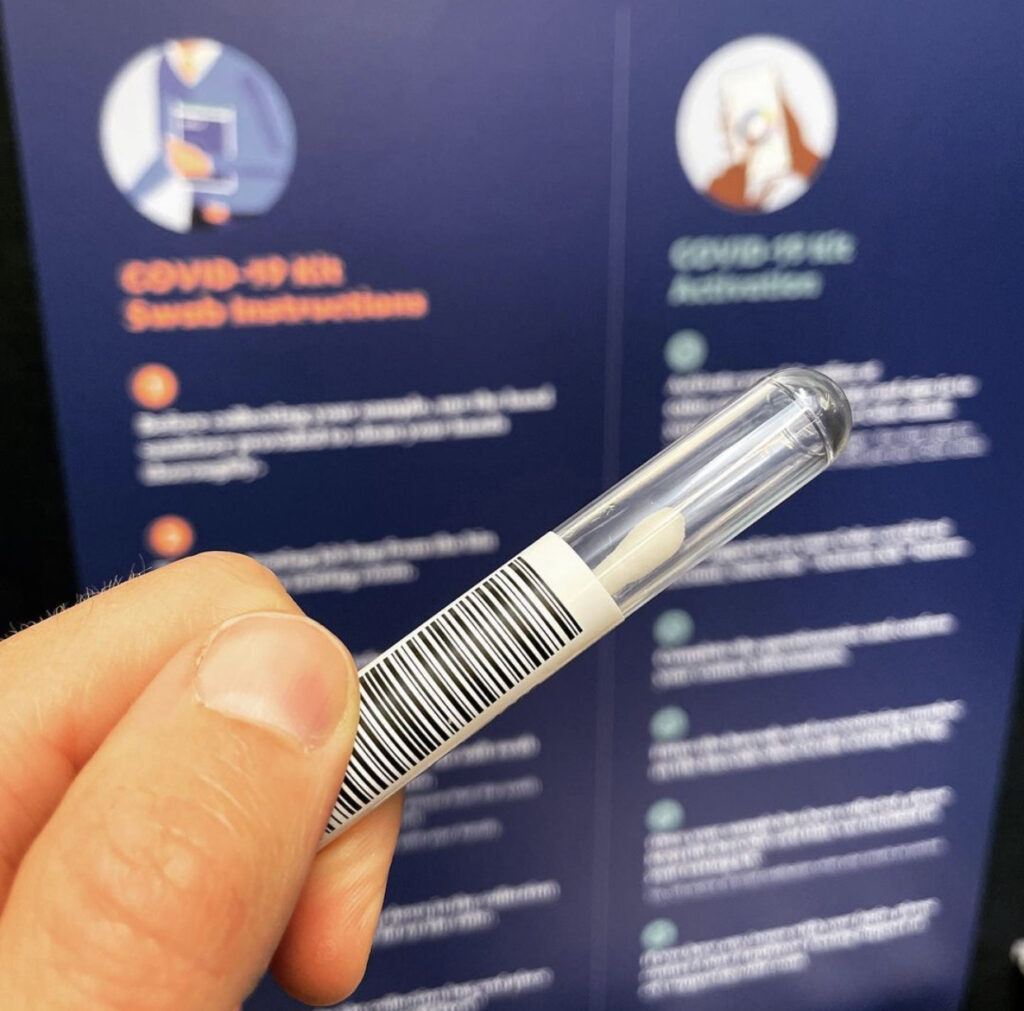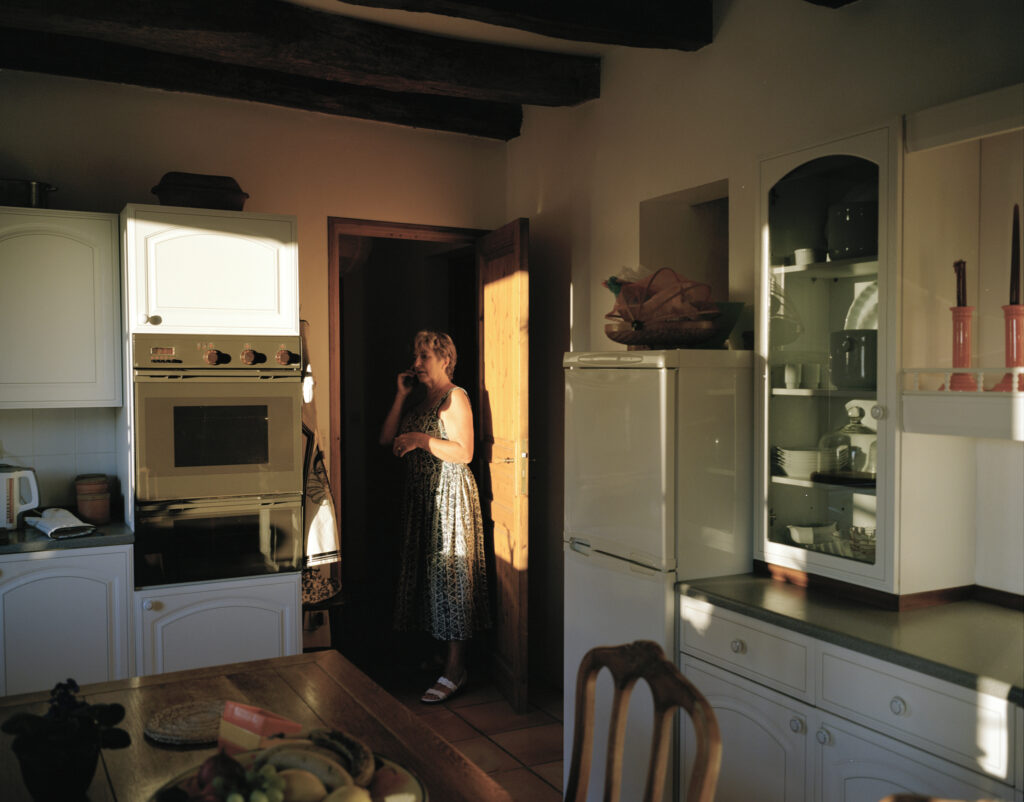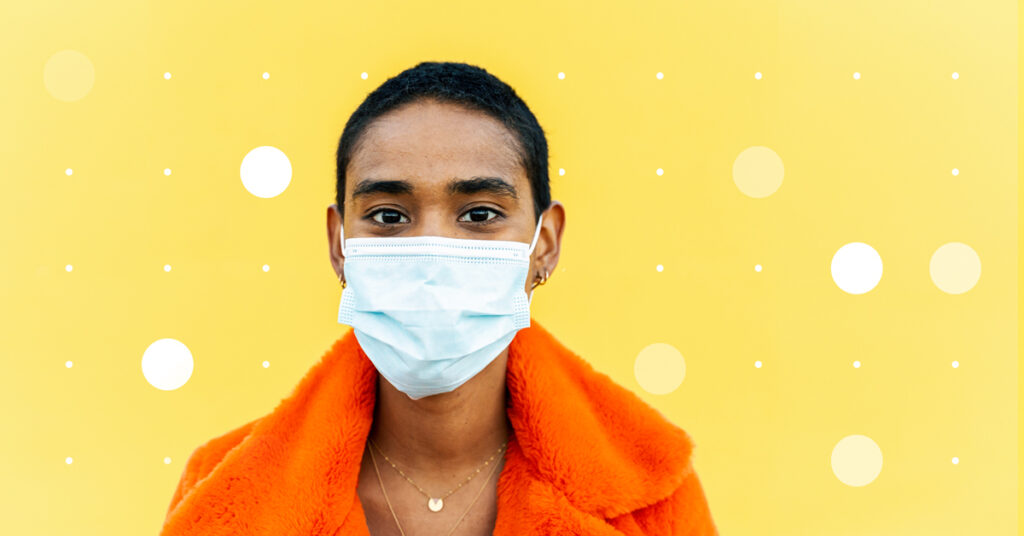News & Articles
Designing for Inclusivity: How Product Design Impacts Health Outcomes
Ryan Hynes

We have the opportunity today to make healthcare more inclusive tomorrow. Here’s the story of how we recently made our Covid testing kits more accessible for blind and visually impaired users — and why that matters so much.
According to the National Federation of the Blind, more than 7 million Americans are visually impaired, and the majority of this population have faced particular adversity when it comes to accessing and using essential healthcare services.
Understanding a challenge in our community:
Last fall, one of our partners told us that blind members of their community were having a difficult time completing Color tests, which required that you type in barcode numbers for completion.
Having to type barcode numbers sometimes led to a burden on organizational staff, who would have to aid in typing in the numbers for some patients. Other times, patients tried going it alone and mistyped their number.
One community member shared, “Because I’m blind I’ve been asking for help from random people to activate the tests, I can’t be entirely sure that the information they give me codes are 100% accurate with what’s in the collection tube. I’m really doing my best and it’s kind of hard to confirm when everything is so so inaccessible and out of my control.”
We were grateful to hear directly from patients, whose feedback has been so critical to delivering healthcare services that work for everyone.
These challenges are not uncommon for visually impaired communities. Brian Switzer, a deafblind assistive technology instructor at Perkins School for the Blind recently told Fast Company about his experience having to rely on a sighted partner — “Ideally, we’d like for people with disabilities to open and use a product from beginning to end.”
Building a long-term solution:
In October, a team of engineers aimed to tackle this problem during our regular Hack Week. (We called it Hacky Halloween, but that’s a story for another time). They developed a new system that allows patients to upload photos of their barcodes instead of reading the numbers.
This important evolution happened for a few critical reasons: 1) We prioritize inclusivity, 2) Our partners are so deeply embedded in their communities that they were able to offer quick, valuable feedback, and 3) Our software is modular enough to revise on the fly.
It was important to us not to rely on assumptions. We utilized patient feedback to build the new system. For example, one survey we took indicated users preferred a barcode system over Braille. (The Royal National Institute of Blind People estimates over 80% of blind people don’t read Braille).

Small improvements, major impact on accessibility:
As Elissaveta M. Brandon explains in the article from Fast Company: “[Brian Switzer’s] experience reveals a glaring design flaw in the healthcare system: instead of being an integrated feature from the start, accessibility is often an afterthought. If Covid tests were designed to be accessible for low vision people, these designs wouldn’t just be relevant for this pandemic, they could also be replicated in other diagnostic devices like pulse oximeters, glucose monitors and pregnancy tests — all of which currently deliver results through visual cues.”
Design matters from the onset, and it’s critical that improvements happen quickly. As Mike Wordingham of RNIB says, “This experience has shown how important it is that we need to get a design right for all those tests.”
Building inclusive healthcare products during the pandemic is not just a solution for the short term. Inclusive design lays the groundwork to make healthcare services — many of which currently require visual cues — more accessible in the future.



